Optimal Timing for Waterproofing Applications
Waterproofing is a crucial process to protect structures from water intrusion and damage. The timing of waterproofing applications can significantly influence their effectiveness and longevity. Proper scheduling ensures optimal adhesion, curing, and performance, reducing the risk of future issues.
Spring offers moderate temperatures and increasing humidity, ideal for waterproofing projects. Applying waterproofing during this season allows for proper curing before the summer heat intensifies.
Summer provides warm weather and longer daylight hours, facilitating faster drying and curing. However, high temperatures and direct sunlight can affect application quality if not managed properly.
Fall's cooler temperatures and lower humidity levels create favorable conditions for waterproofing. It is an optimal time to prepare structures before winter.
Winter is generally not recommended due to freezing temperatures and snow, which hinder application and curing processes. Waterproofing during this time can lead to compromised results.
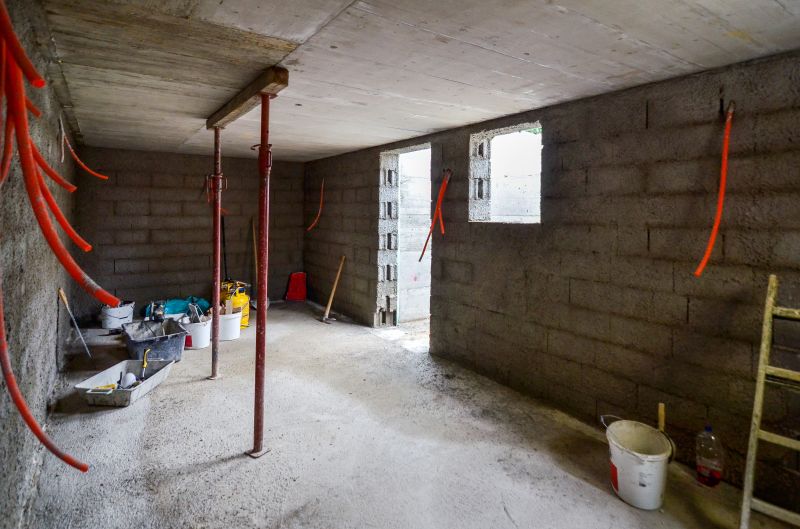
Ways to make Waterproofings work in tight or awkward layouts.
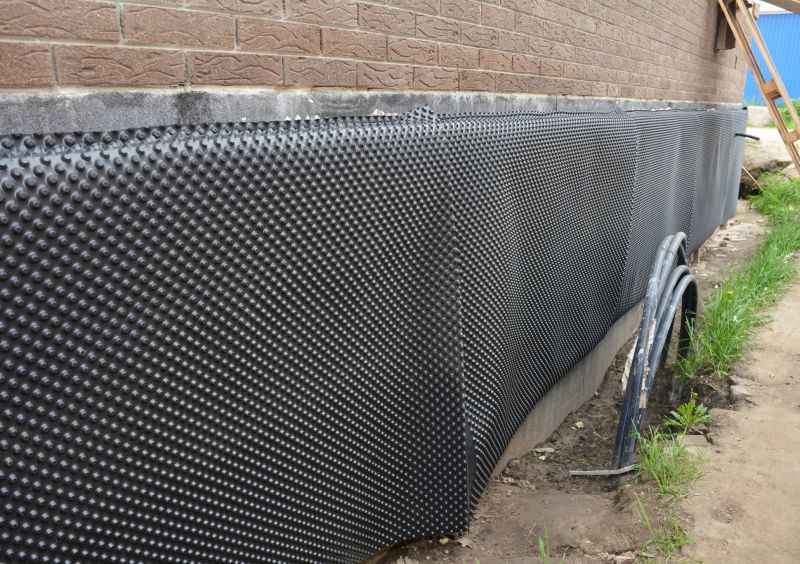
Popular materials for Waterproofings and why they hold up over time.

Simple add-ons that improve Waterproofings without blowing the budget.
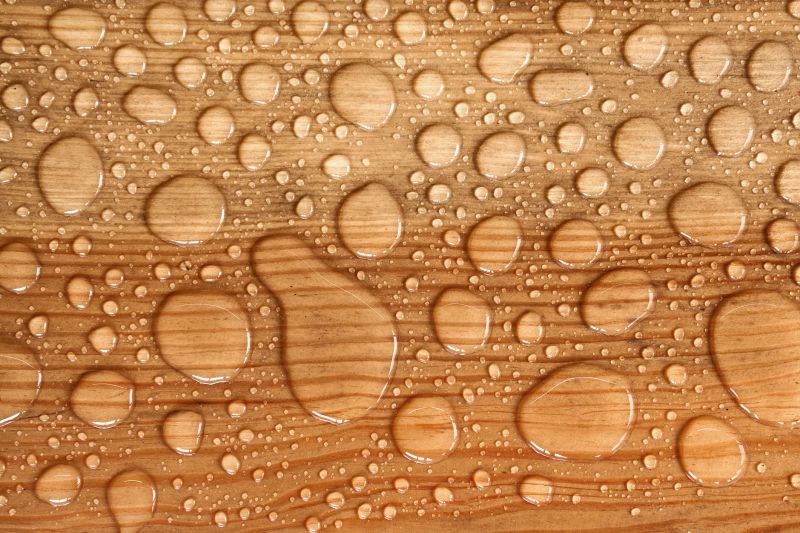
High-end options that actually feel worth it for Waterproofings.
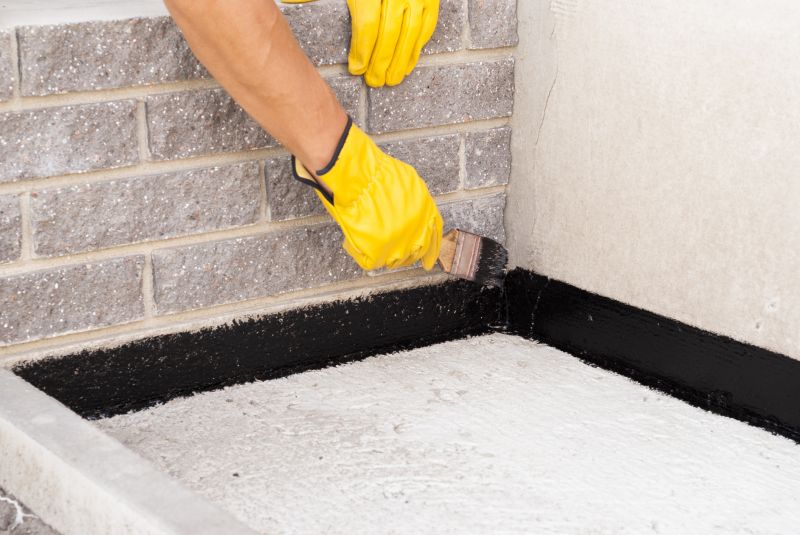
Finishes and colors that play nicely with Waterproofings.
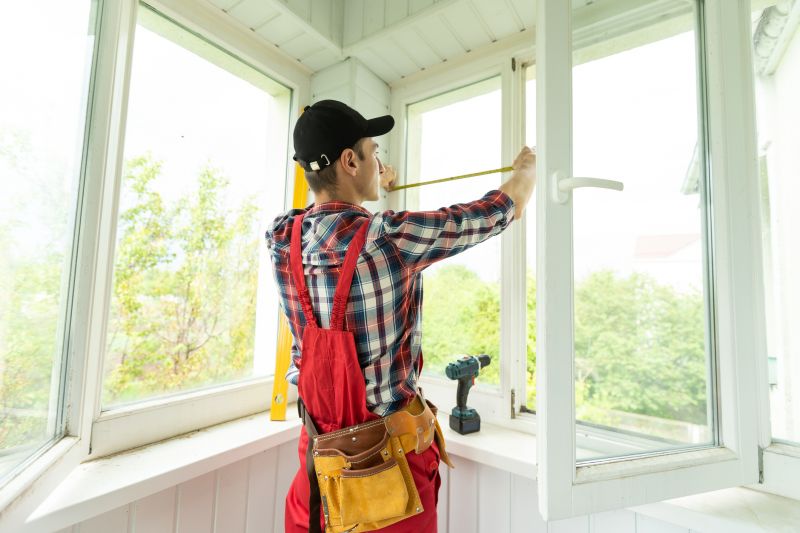
Little measurements that prevent headaches on Waterproofings day.
Waterproofing involves applying specialized materials to prevent water penetration in foundations, roofs, and walls. Effective waterproofing extends the lifespan of structures, minimizes maintenance costs, and preserves structural integrity. It is especially vital in areas prone to heavy rainfall or flooding, where water exposure can lead to mold, decay, and structural failure.
| Season | Ideal Conditions |
|---|---|
| Spring | Moderate temperatures, increasing humidity |
| Summer | Warm weather, longer days, avoid extreme heat |
| Fall | Cooler temperatures, low humidity |
| Winter | Freezing temperatures, not recommended |
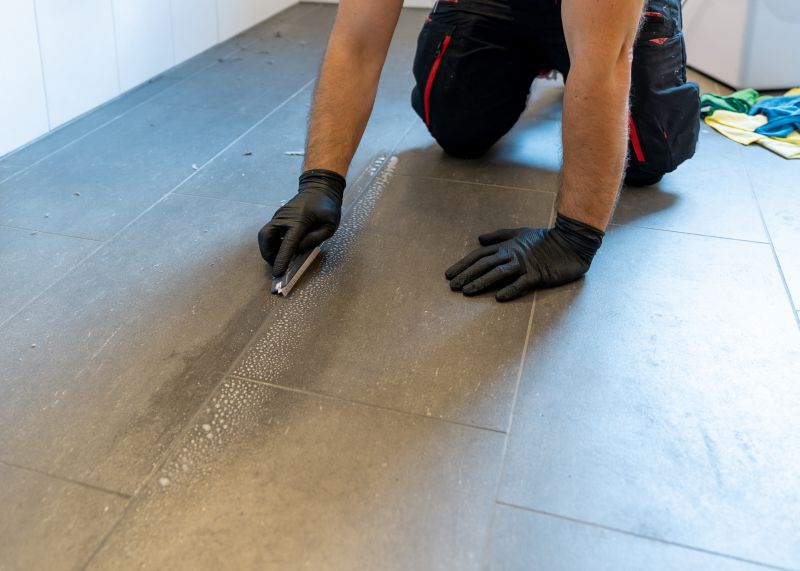
A 60-second routine that keeps Waterproofings looking new.
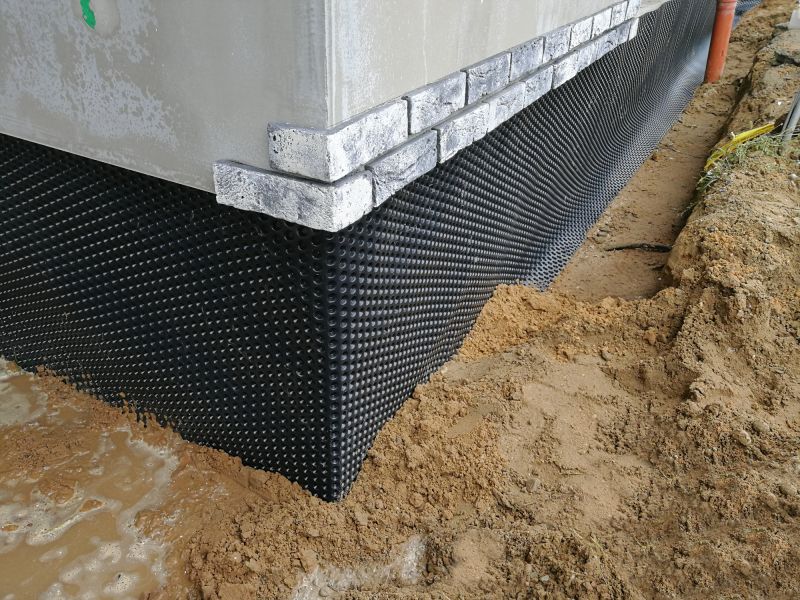
A frequent mistake in Waterproofings and how to dodge it.
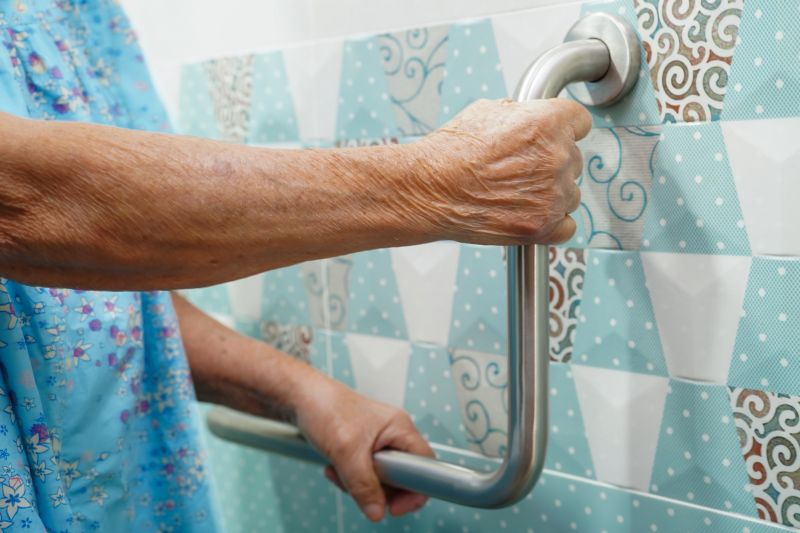
Small tweaks to make Waterproofings safer and easier to use.

Lower-waste or water-saving choices for Waterproofings.
Selecting the appropriate time for waterproofing depends on local climate conditions and project specifics. Proper planning ensures materials cure correctly and achieve maximum effectiveness. Consulting with waterproofing professionals can help determine the best schedule for individual needs.
Interested in waterproofing services? Filling out the contact form provides an opportunity to discuss project requirements and schedule an assessment to ensure optimal protection against water intrusion.

